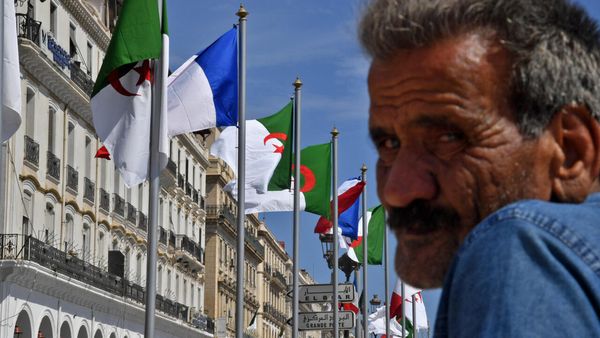(Updates with Hyldahl comments in 12th paragraph.)
The biggest fund manager in the Nordic region says now is the time to position investments for a recovery.
The head of Nordea Asset Management, who oversees about $200 billion, says its strategy is don’t sell and don’t set up big hedges against potential losses.
“We believe it’s important to stay invested, and not divest or go into very defensive positions, as long as you’re well diversified in these different asset classes,” Christian Hyldahl, the head of the asset management unit, said in a Nov. 10 interview in Stockholm.
There’s no reason to panic about China, which is likely to come through the current turmoil “in a reasonable way,” Hyldahl said. The U.S. is “doing very well” and “even within Europe, we see some positive signs.”
Given the enormous stimulus program flowing from the European Central Bank, monetary policy “will go a long way to support the growth in Europe” and “make sure it doesn’t stop,” he said. The outlook for the global economy may not be “fantastic” but things now “look OK.”
Nordea’s investment strategy has been attracting clients, with net inflows hitting 10 percent last year. It targets growth of 5 percent a year, compared with projected industry growth of about 1 to 2 percent, Hyldahl said.
Part of that client influx is due to the low interest-rate environment in Europe as “investors are seeking new ways of getting returns as an alternative to having money in bank accounts,” he said. The central banks of both Sweden and Denmark have negative benchmark rates. Norway’s key rate is at a record low, while Finland takes ECB rates.
“The history of many bank-owned asset managers has been that we’ve been captive and very reliant on the internal clients,” Hyldahl said. “But this year, year-to-date is the first year when we have larger flows from external clients than from internal clients.”
Nordea is expanding its asset management business across Europe. Over time, it plans to hire more staff and open branches, Hyldahl said. While much of its income comes via third-party distributors such as UBS Group AG and JPMorgan Chase & Co., Nordea has a physical presence in big markets like Germany, Italy, the U.K. and Spain. In 2016, it will open a branch in Paris. In the U.K., it introduced a Sterling-dedicated Stable Return Fund in October. Its euro-dedicated Stable Return Fund, Nordea’s best-selling fund, has returned 5.1 percent over the past year.
In the first half of 2015, Nordea climbed to No. 7 on Broadridge’s ranking of pan-European fund sales, from No. 20 a year earlier, after net sales jumped 70 percent to 6.43 billion euros ($6.9 billion). That gives Nordea a market share of about 3 percent according to the ranking, which excludes money market funds, up from about 1.5 percent a year earlier.
Nordea’s wealth management unit was the only one of the bank’s three main divisions to report a rise in operating profit in a third quarter characterized by a lack of growth in lending income. And as negative interest rates continue and capital requirements are set to increase further, banks are pouncing on profitable and less capital-intense businesses such as asset management to make up for the lost revenue.
“It’s a fact of life that savings and wealth management activities are more stable,” Hyldahl said. Such operations get a high multiple attached when compared with other traditional banking businesses because the volatility is lower, it’s “more steady and long-term business and at the same time, it is not capital intense,” he said.
Interest rates are likely to remain low for the foreseeable future, Hyldahl said.
“The low-yield environment is here to stay for a long while, at least in Europe,” Hyldahl said. “One note relevant to make is that the experiment of central banks, quantitative easing, and the usage of central bank balance sheets to buy debt has not been done before, we haven’t seen the consequences of that before,” he said. “That is of course a concern, that we don’t have the historic benchmark for how that plays out, but as it looks right now we are confident that it’s actually going to be a reasonably successful experiment.”
To contact the reporter on this story: Niklas Magnusson in Stockholm at nmagnusson1@bloomberg.net To contact the editors responsible for this story: Tasneem Hanfi Brögger at tbrogger@bloomberg.net







